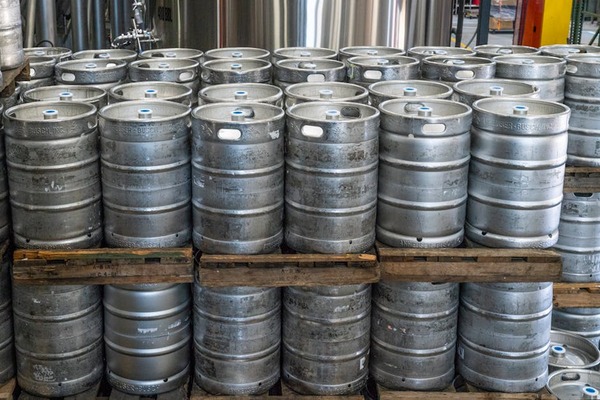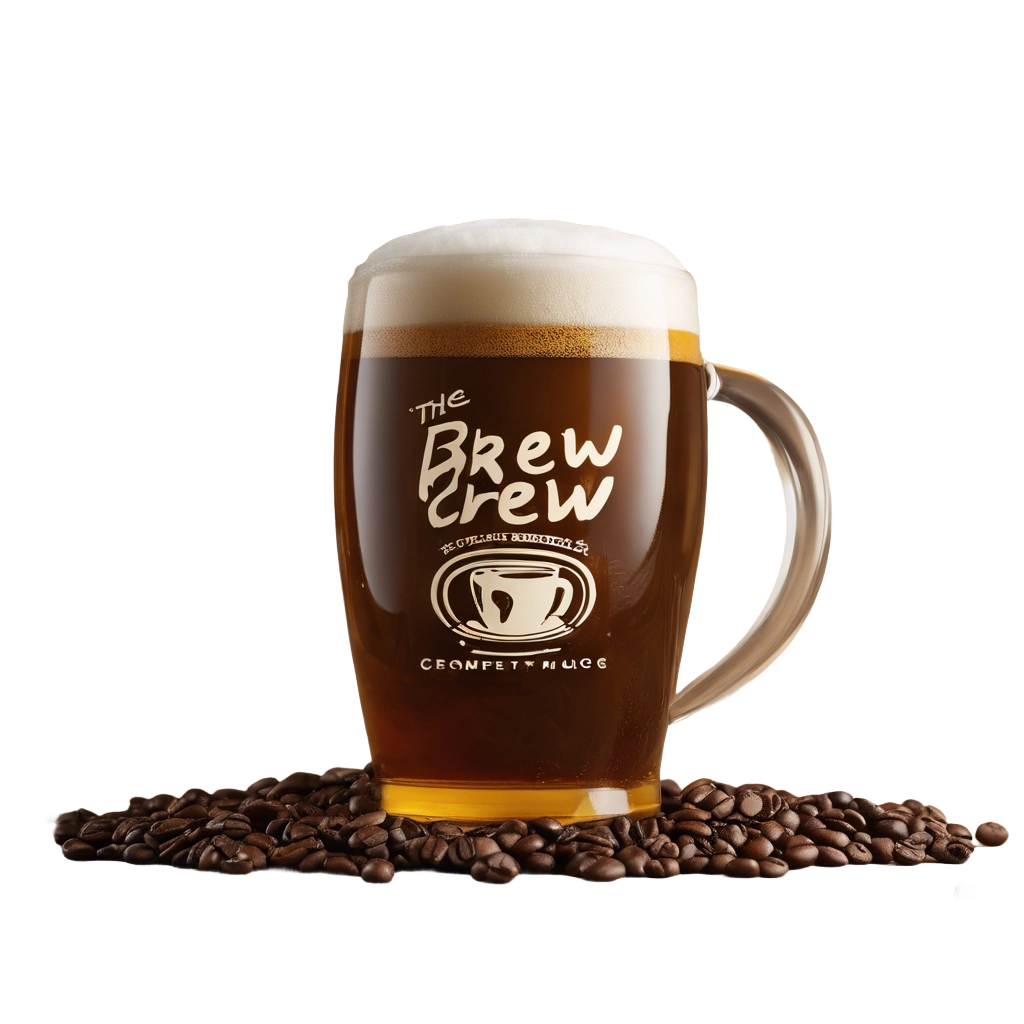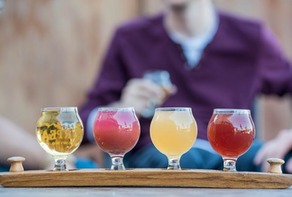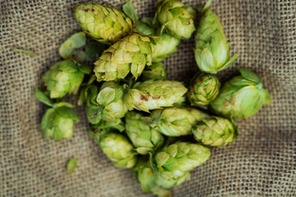- Brew BuddyList
- Blog
- The Science of Brewing: How Beer is Made
The Science of Brewing: How Beer is Made

Welcome to the wonderful world of beer brewing! While many people enjoy sipping on a cold brew, few actually know the science behind how their favorite drink is made. From barley to hops to yeast, each ingredient plays a crucial role in creating that perfect pint. So grab a seat at the bar and get ready to learn about the fascinating process of brewing beer.
Brewing Basics: The Art of Fermentation
At the heart of brewing beer is the process of fermentation. This is when yeast converts sugars into alcohol and carbon dioxide, creating the signature flavors and aromas we love in our beer. Fermentation can take anywhere from a few days to several weeks, depending on the type of beer being brewed and the desired alcohol content.
Malt Madness: The Role of Barley
Barley is the star of the show when it comes to brewing beer. This grain is malted, meaning it is germinated and then dried to develop the enzymes needed for fermentation. The malted barley is then crushed and mixed with hot water to create a sugary liquid called wort, which serves as the base for the beer.
Hops Galore: Adding Bitterness and Aroma
Hops are the spice of the beer world, adding bitterness, aroma, and flavor to the brew. These cone-shaped flowers are added during the boiling stage of brewing, releasing oils and acids that balance out the sweetness of the malt. Different varieties of hops can create a wide range of flavors, from citrusy and floral to piney and earthy.
Water, Water Everywhere: The Importance of H2O
Water may seem like a basic ingredient, but it plays a crucial role in brewing beer. The mineral content and pH level of the water can have a significant impact on the flavor and quality of the beer. Some breweries even adjust their water to mimic the characteristics of famous brewing regions like Pilsen or Burton-on-Trent.
Yeast Beast: Transforming Sugars into Alcohol
Yeast is the unsung hero of beer brewing, responsible for turning sugars into alcohol and carbon dioxide. There are two main types of yeast used in brewing: ale yeast, which ferments at warmer temperatures, and lager yeast, which ferments at colder temperatures. The type of yeast used can greatly influence the flavor and aroma of the finished beer.
Boil and Trouble: Heating Things Up
Once the wort is created, it is boiled to extract bitterness from the hops and sterilize the liquid. This boiling process also helps to concentrate the flavors of the beer and create the desired color. The length and intensity of the boil can vary depending on the style of beer being brewed.
Cooling Off: Chilling the Brew
After the boiling stage is complete, the wort must be rapidly cooled to prevent off-flavors from developing. This can be done using a heat exchanger or by simply placing the brew kettle in an ice bath. Once the wort reaches the desired temperature, it is transferred to a fermentation vessel to begin the next stage of the brewing process.
Fermentation Station: Where the Magic Happens
Once the wort has been cooled, it is time to add the yeast and let the magic of fermentation begin. The yeast consumes the sugars in the wort, producing alcohol and carbon dioxide as byproducts. This process can take anywhere from a few days to several weeks, depending on the type of beer being brewed.
Conditioning and Carbonation: Finishing Touches
After fermentation is complete, the beer is transferred to a conditioning tank where it is allowed to mature and develop its flavors. During this time, the beer may be carbonated naturally through secondary fermentation or force-carbonated using CO2. Once the beer has reached its peak flavor, it is ready to be packaged and enjoyed by beer lovers everywhere.
===
So there you have it, the science of brewing beer in all its hoppy glory! From barley to hops to yeast, each ingredient and step in the brewing process plays a crucial role in creating that perfect pint. Next time you crack open a cold one, take a moment to appreciate the craftsmanship and science that went into creating that delicious brew. Cheers to beer science, and cheers to enjoying a tasty beer!
Posted By





